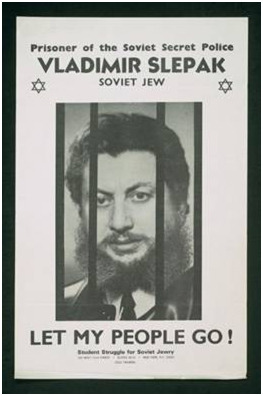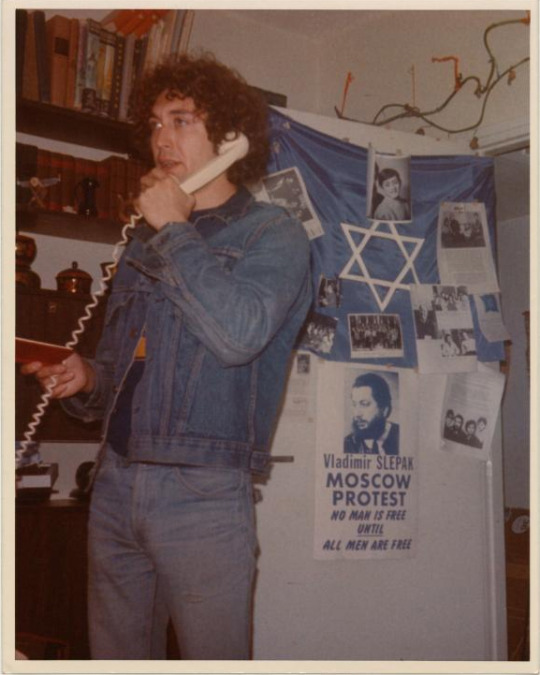By Alexander Maro, CJH-NYU Dissertation Completion Fellowship
A Holocaust Before The Holocaust: Elias Tsherikover and the Pogroms in Civil War Ukraine
On a cold winter afternoon in February 1919, several hundred soldiers descended upon the Jewish neighborhoods of the small Ukrainian city of Proskuriv (today Khmel’nyts’kyi, Ukraine). Ten days earlier, Symon Petliura, head of the short-lived Ukrainian People’s Republic, had dispatched to the border city nearly a thousand of his soldiers to secure the republic’s rule there. Their young commander, Ivan Semosenko, carried a grim reputation. After crushing an abortive Bolshevik uprising there on the morning of February 15, Semosenko ordered his men to murder the city’s Jewish inhabitants, whom he blamed for the uprising. Intoxicated with feverish theories of Jewish Bolshevism, the Ukrainian soldiers went house to house for four hours, shooting or hacking to death nearly every Jewish man, woman, and child they could find. By the massacre’s end, they had murdered more than a thousand and grievously wounded hundreds more, many of whom later succumbed to their wounds. Before the Holocaust, this largely forgotten day was one of the bloodiest in Jewish history.


Victims of the February 1919 pogrom in Proskuriv.
Top Image: Mizrakh Yidisher Historisher Arkhiv, RG 80, Folder 633F. Bottom Image: Mizrakh Yidisher Historisher Arkhiv, RG 80, Folder 646A. Collection of YIVO Archives.
At the time, future YIVO co-founder Elias Tsherikover lived in Kyiv. He had returned from New York after the February Revolution, hoping to participate in the post-revolution renaissance and advance the cause of Jewish national autonomy in Ukraine, where he had been born and raised. Once word of the pogroms reached him in Kyiv, however, he turned with immense dedication to what he called “Jewish martyrology” (yidishe martirologiye). In May 1919, he and several other prominent Jewish intellectuals in Ukraine founded the Editorial Board for the Collection and Investigation of Materials Concerning Pogroms in Ukraine (Redaktions-kolegye oyf zamlen un oysforshn di materialn vegn di pogromen in Ukrayne) to document the anti-Jewish violence sweeping the country. Over the following years, Tsherikover and his colleagues went from town to town collecting evidence on the pogroms, from eyewitness and survivor testimonies to photographs and lists of victims.


Materials collected about the pogrom in Proskuriv.
Top image: Mizrakh Yidisher Historisher Arkhiv, RG 80, Folder 72. Collection of YIVO Archives. Bottom image: Mizrakh Yidisher Historisher Arkhiv, RG 80, Folder 180. Collection of YIVO Archives.
The Proskuriv pogrom in February 1919 was but one of more than a thousand instances of anti-Jewish violence during the Civil War. As borders and frontlines shifted back and forth and territory changed hands between the various armed formations vying for control of Ukraine, Jewish civilians fell in the crosshairs of all sides. Between 1918 and 1921, more than one hundred thousand Jewish civilians were murdered in Ukraine; hundreds of thousands more were physically assaulted, wounded, impoverished, robbed, or displaced from their homes, creating a social crisis in Jewish Ukraine that left lasting scars in the lives of many.
Materials collected about the pogrom in Proskuriv.
Mizrakh Yidisher Historisher Arkhiv, RG 80, Folder 181. Collection of YIVO Archives.
These pogroms marked, moreover, a historical watershed in the annals of anti-Jewish violence. Beneath the homogenizing “pogrom” label, one finds a discernible process of radicalization. While some of the Civil War pogroms resembled the disorganized ethnic riots of earlier decades, from which the term was derived, others were something rather different and more extreme: the organized mass killing of a Jewish population by state security forces. As such, they arguably harkened back to earlier pogroms less than they heralded the coming Aktionen of the Holocaust. Indeed, most of Proskuriv’s remaining Jewish inhabitants would be murdered in November 1941 and 1942, when another state’s security forces, animated by the same anti-Jewish fantasies, once again descended on the city’s Jewish neighborhoods.
Between these massacres, however, Tsherikover labored tirelessly to record, analyze, and publicize what had happened during the Civil War. In 1921, he smuggled his pogrom archive first to Moscow and then to Berlin, where it became the Eastern Jewish Historical Archive (Mizrakh Yidisher Historisher Arkhiv). When YIVO was established four years later, the Mizrakh Yidisher Historisher Arkhiv was among its first collections. Using the materials he had collected, Tsherikover went on to write two books, Antisemitizm un pogromen in Ukrayne, 1917-1918 (1923) and Di Ukrayner pogromen in 1919 (1965), about the Civil War pogroms. Today, Tsherikover’s books, personal papers, and pogrom archive remain the richest documentary record of this momentous but often overlooked moment in Jewish history, a holocaust before the Holocaust.








For a description of aid work during this period and in the Proskuriv region, see Elijahu Gumener’s 1921 Yiddish memoir, “A kapitl Ukraine: Tsvey yor in Podolye”, translated by Michael Nutkiewicz as “A Ukrainian Chapter. A Jewish Aid Worker’s Memoir of Sorrow (Podolia, 1918-1920)” (Slavica Publishers 2022). For a broader account of aid work during the pogrom period, see Polly Zavadivker, “A Nation of Refugees. Russia’s Jews in World War I” (Oxford University Press, 2024).